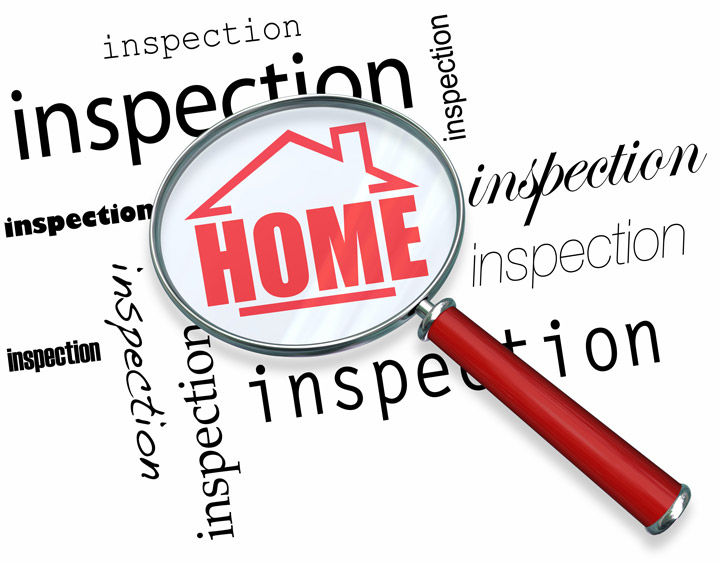
What Are the Parts of an Appraisal?Acquiring a home can be the biggest financial decision some people will ever make. Whether it's where you raise your family, a second vacation home or a rental fixer upper, the purchase of real property is a detailed financial transaction that requires multiple parties to pull it all off. It's likely you are familiar with the parties having a role in the transaction. The most familiar entity in the transaction is the real estate agent. Next, the mortgage company provides the money necessary to fund the exchange. The title company sees to it that all requirements of the exchange are completed and that the title is clear to transfer to the buyer from the seller. So, what party makes sure the property is worth the purchase price? This is where the appraiser comes in. We provide an unbiased opinion of what a buyer could expect to pay — or a seller receive — for a parcel of real estate, where both buyer and seller are informed parties. A licensed, certified, professional appraiser from Riverside Appraisals will ensure, you as an interested party, are informed. The inspection is where an appraisal startsTo ascertain an accurate status of the property, it's our responsibility to first complete a thorough inspection. We must physically view aspects of the property, such as the number of bedrooms and bathrooms, the location, living areas, etc, to ensure they truly exist and are in the shape a reasonable person would expect them to be. The inspection often includes a sketch of the floorplan, ensuring the square footage is accurate and conveying the layout of the property. Most importantly, the appraiser identifies any obvious features - or defects - that would affect the value of the house. Next, after the inspection, an appraiser uses two or three approaches to determining the value of the property: paired sales analysis and, in the case of a rental property, an income approach. 
Replacement CostHere, we analyze information on local construction costs, labor rates and other factors to ascertain how much it would cost to construct a property comparable to the one being appraised. This estimate commonly sets the upper limit on what a property would sell for. It's also the least used method. 
Paired Sales AnalysisAppraisers are intimately familiar with the subdivisions in which they appraise. They thoroughly understand the value of certain features to the homeowners of that area. Then, the appraiser researches recent transactions in the neighborhood and finds properties which are 'comparable' to the property in question. By assigning a dollar value to certain items such as square footage, extra bathrooms, hardwood floors, fireplaces or view lots (just to name a few), we adjust the comparable properties so that they more accurately portray the features of subject property.
Once all necessary adjustments have been made, the appraiser reconciles the adjusted sales prices of all the comps and then derives an opinion of what the subject could sell for. When it comes to associating a value with features of homes in Dawsonville and Dawson, Riverside Appraisals is your local authority. This approach to value is commonly awarded the most consideration when an appraisal is for a home sale. Valuation Using the Income ApproachIn the case of income producing properties - rental houses for example - we may use an additional method of valuing a property. In this scenario, the amount of revenue the real estate generates is factored in with other rents in the area for comparable properties to determine the current value. ReconciliationCombining information from all applicable approaches, the appraiser is then ready to stipulate an estimated market value for the property at hand. Note: While this amount is probably the most accurate indication of what a property is worth, it probably will not be the price at which the property closes. Depending on the individual situations of the buyer or seller, their level of urgency or a buyer's desire for that exact property, the closing price of a home can always be driven up or down.Regardless, the appraised value is often used as a guideline for lenders who don't want to loan a buyer more money than the property is actually worth. The bottom line is, an appraiser from Riverside Appraisals will guarantee you discover the most fair and balanced property value, so you can make the most informed real estate decisions. |